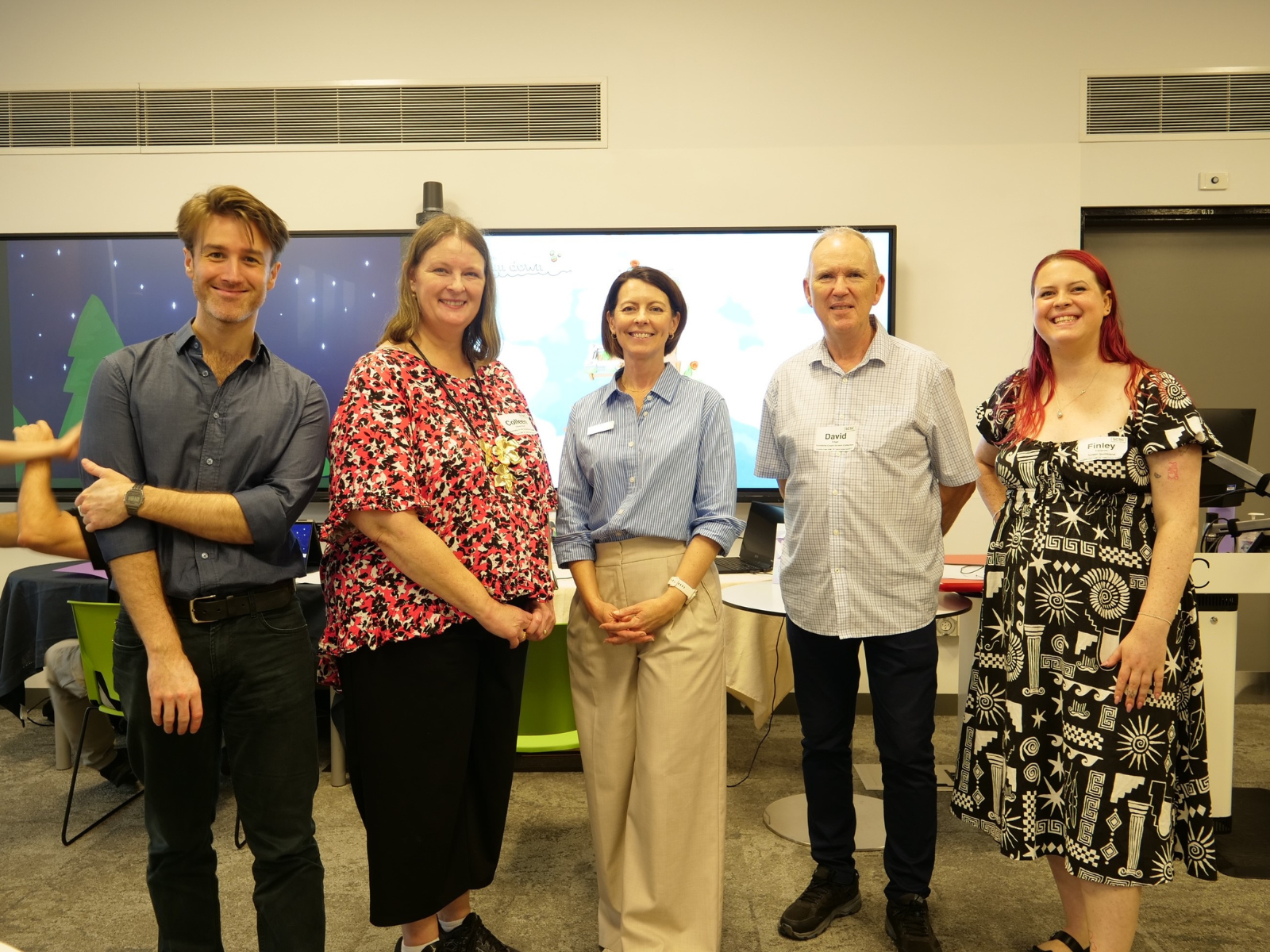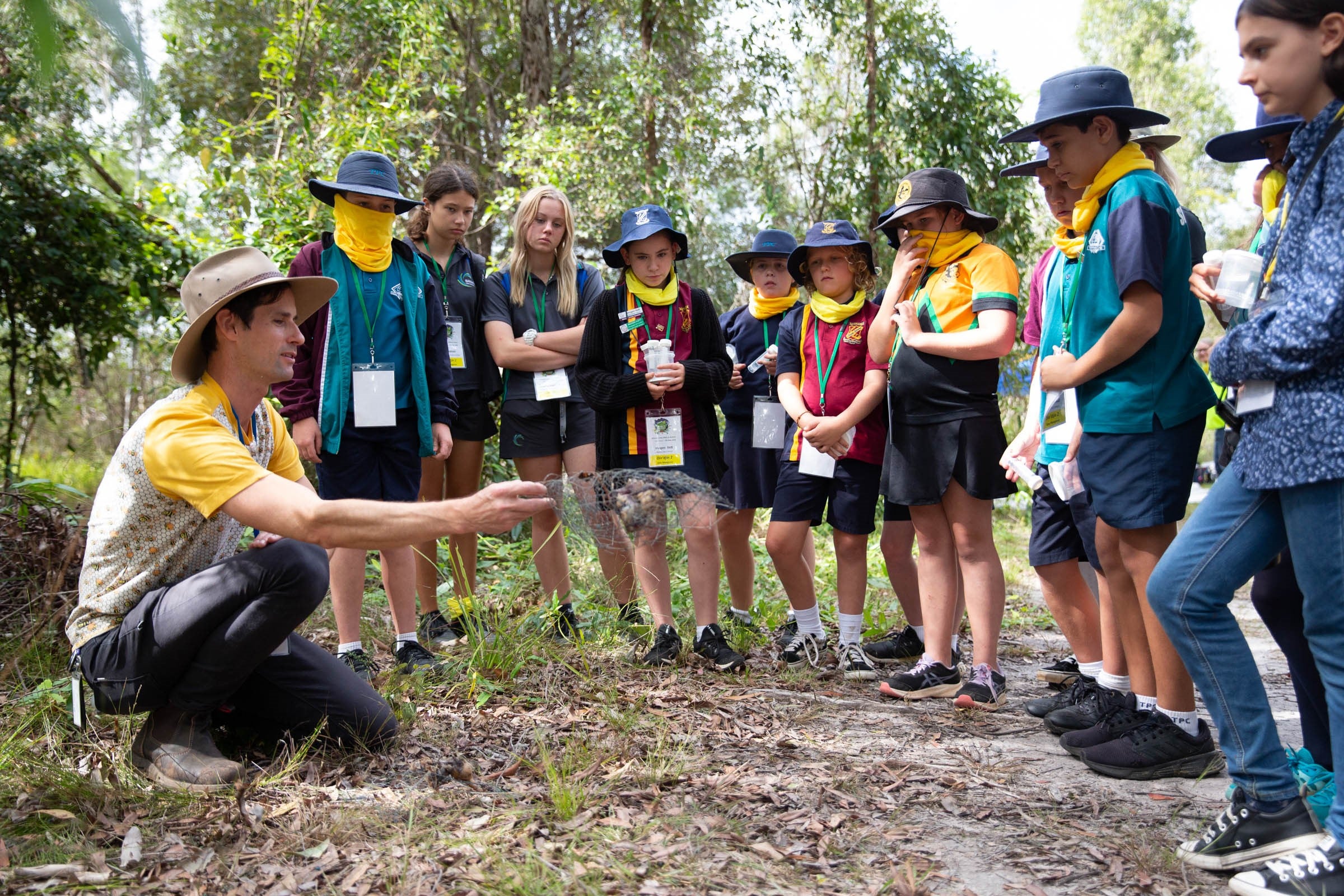**Check against delivery**
I would like to express the deep sadness we share following the passing of Her Majesty, Queen Elizabeth II, who died on Thursday 8 September 2022.
Her Majesty will be remembered as an inspired leader, who personified dignity and decency in public life and a treasured friend to this State.
On behalf of the Tasmanian Government and all Tasmanians, I have written to the Royal Family to express our deep sorrow at the loss of such a remarkable Monarch, and to express our sincere condolences at this very sad time.
Princess Elizabeth of York was born in London, England on the 21st of April 1926 – the eldest daughter of Prince Albert, Duke of York, and his wife, Lady Elizabeth Bowes-Lyon.
As the child of a younger son of King George V, at birth the Princess Elizabeth was considered unlikely to accede to the throne, and was leading a relatively normal life, with her sister Margaret.
This changed suddenly when the young Princess was just 10, when her uncle, King Edward VIII abdicated the throne in her father’s favour on December 11, 1936.
At this time her father became King and Elizabeth became heir presumptive. And from this time, the young Princess’s life changed, and she began what would become a lifetime of service.
In 1951, the health of the young Princess Elizabeth’s father King George VI deteriorated and in the following year, he passed away.
Her Majesty was just 25 years old on 6 February 1952, when she received the news of her father’s death and her own accession to the throne, and she was far away from home on an official visit to Kenya, the first country of the Commonwealth tour. The tour was abandoned, but in that instant, she ceased to be Princess Elizabeth and became Queen Elizabeth II, and her life of duty and service began.
Many older Tasmanians would remember listening to her Coronation on the radio, the broadcast (and its groundbreaking broadcast in England on television), done at the Queen’s request, to share the great occasion with people across the globe.
As Head of the Commonwealth the Queen played an important symbolic and unifying role, reinforcing the links by which the Commonwealth joins people together across the globe.
Over the course of her reign the Commonwealth grew from just 7 nations to 56, representing more than 2.5 billion people, more than a third of the world’s population.
During her reign the Queen undertook more than 200 visits to Commonwealth countries, making many return visits over the years.
Her Majesty holds a particularly special place in the hearts of Tasmanians as the first reigning monarch to visit our beautiful island home, and during her reign she returned a further six times.
Her Majesty’s first visit to Tasmania was in February 1954, only a year after her coronation. The Queen was accompanied on the trip, as she was every time she visited the State, by her beloved husband the Duke of Edinburgh, Prince Philip. Her visit, over 4 days in February 1954 was to celebrate the Sesquicentenary of Tasmania and took in many areas of the State.
An official motorcade, military procession and a colourful performance from thousands of local schoolchildren greeted the royal couple. Her Majesty and Prince Phillip explored Hobart, staying at Government House, and planting an oak tree in the Main Drive, which fittingly was where I laid a wreath in her memory on Sunday.
Many Tasmanians may have met their Royal Highnesses on this visit, as they toured Angelsea Barracks and the Repatriation Hospital in Hobart, took in a children’s marching demonstration at North Hobart Oval, unveiled a Sesquicentenary memorial and hosted a royal garden party with 4,000 attendees, in a jam-packed schedule.
She also visited these hallowed halls, opening Parliament on 22 February 1954.
Departing Hobart, the royal couple flew into Wynyard and drove to Burnie to attend a red-carpet event and a luncheon in the Burnie courtroom.
The tour continued through the northwest, with stops in Devonport, to visit the Devonport Oval and then on to Latrobe.
Her Majesty and the Duke travelled on to Launceston where she was met by the Mayor Hedley George Pitt, and there followed another school children’s marching demonstration of young Tasmanians at York Park.
Her Majesty had a genuine and lively interest in our people and wonderful State and enjoyed the opportunity to meet with many Tasmanians and hear about their lives.
The Queen and the Duke would visit again in 1963, and in 1970 returned with their young children, our new King, Charles III, and the Princess Anne.
Further visits followed in 1977, 1981, and 1988, before the Queen and Duke returned for what would be the last time to our shores.
On that visit, the Royal visitors spent time in Hobart and Launceston and met with Tasmanians working and recreating in Salamanca Place, and at the Incat factory in Derwent Park, inspecting a new catamaran that was under construction at the site.
I believe Her Majesty Queen Elizabeth II was universally loved, and the news of her passing weighed heavily on hearts across the world.
There is no doubt that beyond the loyalty, dedication and service of her public life, we also remember Queen Elizabeth II as a mother, grandmother and great grandmother, and acknowledge the sadness that her passing brings to her family, and the generosity they are showing in sharing this time of grief with us.
Her Majesty was renowned for her stoic and inspiring leadership.
I will conclude with Her Majesty’s own words from her 2010 United Nations address:
“I know of no single formula for success. But over the years I have observed that some attributes of leadership are universal and are often about finding ways of encouraging people to combine their efforts, their talents, their insights, their enthusiasm and their inspiration to work together”.
Her Majesty led a long life well lived.
I offer the sincere condolences of the Tasmanian Government.
May she rest in peace.







